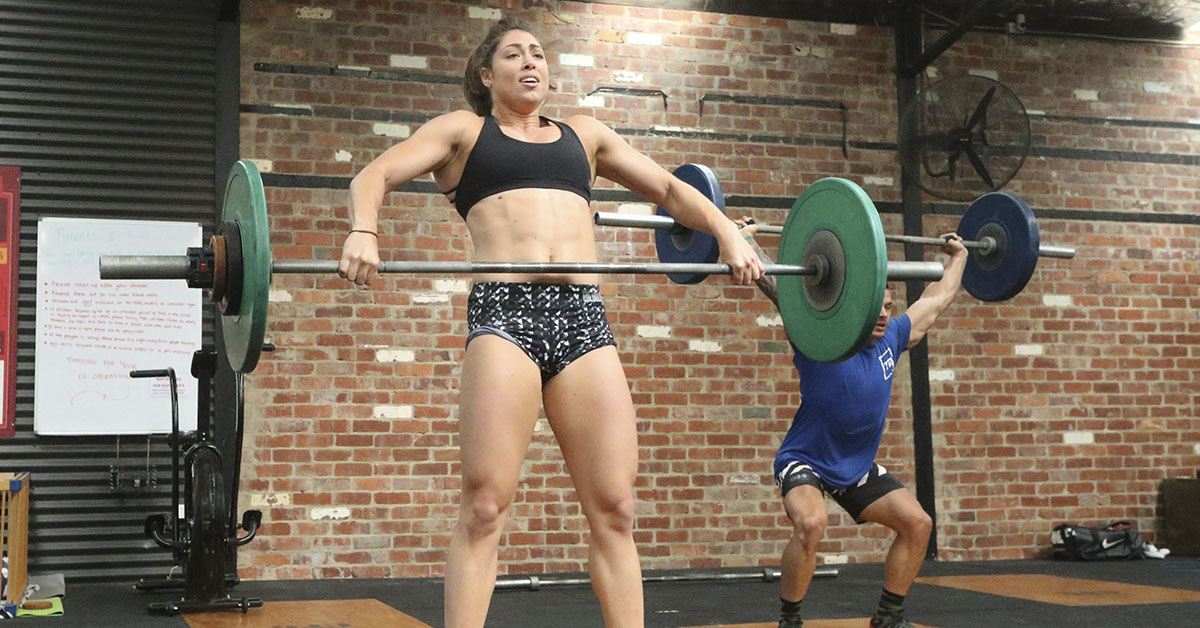Will training to failure improve your performance, strength and conditioning? Can it increase the rate at which you put on muscle mass? Or is training to failure a mistake that leads to overtraining and burnout?
Training to failure, or training to absolute failure, means performing the maximum number of repetitions at a given weight. The last few reps feel like torture to push out, usually resulting in a breakdown of form and technique. This is expected when working to absolute failure. Those who argue against this style of training point to the risks of training to failure combined with the relatively little gain it offers. Those who are for it say that it leads to greater adaptations because it commands so much work from the muscles involved.
Training to failure is tempting in an environment like CrossFit simply because of the culture. But is it smart training? Pushing to hit every last repetition until you collapse is debated across different gym cultures. However, it is generally accepted that consistently training to failure can lead to a performance plateau and eventually overtraining. That being said, a 10- to 20-minute WOD is not going to have the same effect as a 60- to 90-minute resistance training program.
Possible Benefits of Training to Failure
Loading your muscles is always smart when it comes to making strength gains or improving endurance. When we are talking about working at an intensity of about 50% to 80% of your max, pushing out several sets to failure with little rest is fun and a great way to mark small improvements — for example, performing eight reps instead of six from one week to the next, performing more repetitions in a shorter period of time or adding weight to a certain exercise. In addition, there is a lot to be said about improving mental toughness when training to failure. For these psychological reasons, it can be beneficial to train to failure.

There is also some evidence that links training to failure at higher loads with increases in testosterone and growth factors. The training leads to increased concentrations of lactic acid that accumulates within muscles. Looking at the size of some of the athletes in CrossFit, this would make sense. These athletes almost always train to failure during WODs, regardless of load.
Increased testosterone and growth factors mean a more rapid way to increase muscle mass, also called hypertrophy. Hypertrophy is always accompanied by increases in strength.
Drawbacks of Training to Failure
The flip side of training to failure is it often leads to exhaustion. Without the aid of special supplements, almost no one can consistently and continuously train to failure. When we are talking about loads at or beyond 50%RM, the drain on the muscles and central nervous system becomes too taxing, leading to decreases in performance. There is also a risk of increasing the level of stress on the body, leading to a response to the hormone cortisol. Performance typically decreases as the body attempts to slow you down and preserve what it has gained. Crossing this line can quickly lead to overtraining.
We know it takes muscles about seven days to fully recuperate, heal and adapt to training; so, crushing them three to five times per week is unrealistic in the long run. That means if you want to only work out once per week, training to failure could be the program for you.

We know performing fewer repetitions at a higher intensity leads to an increase in strength. It also leaves the athlete with higher stores of energy within the muscle so they are able to train more, sooner. This begs the question, why bother training to failure at all? Well, the best answer is to find a way to do both, better.
Mixing it All Up
Most coaches in the strength and conditioning world will offer all of the above to their athletes. Phasing in training to failure to reap the benefits now and then is great to create a big adaptation in the muscle and improve mental toughness. Being able to ignore pain (the good kind) and push through repetitions safely is underrated and requires strategic practice. Sets to failure would likely be added into the strength and hypertrophy phases of your program rather than the power and aerobic phases.
If you are your own coach, always be aware of how much rest and recuperation you need. Most people have regular daily stresses from life; and when these get out of control, training harder and heavier burns the candle at both ends. Beware of how you take advantage of training to failure.

















